Are you wondering how you can escape dealer markups in today’s market? Manufacturers allow car dealers to charge their prices above the manufacturer’s suggested retail price depending on the market adjustment.
In most cases, it can reach as high as 10% of the car’s base manufacturer’s suggested retail price. But can you avoid this additional dealer markup so you can drive your dream car, get the best deal, and save thousands of dollars?
In this article, we’ll teach you how to avoid dealer markups, how to spot one, and what to do when you encounter dealers who refuse to budge on their prices. Are you ready to drive your new car? We’ll help you get there.
What is a dealer markup?
A dealer markup is an additional dealer profit that car dealerships charge above MSRP prices. This fee can range from a few hundred to several thousand dollars, depending on the car.
The dealership usually justifies this fee by saying that it’s for the “market adjustment” of the car. In other words, they’re saying that the car is in such high demand that they have to charge more to make up for all the people who want to buy it.
This is a common tactic used by even the fairest dealers to try and get as much money out of you as possible. However, not all dealerships are created equal. There are some dealers who will try to mark up their cars even more than others.
In order to avoid paying too much, it’s important that you know how to spot a dealer markup, and what you can do about it.
How do you spot dealer markups?
There are a few different ways you can avoid dealer markups. However, the first thing you need to do is know how to spot one.
The easiest way to spot a dealer markup is by doing your research ahead of time. Know what the MSRP is for the car you want, as well as the approximate range of car prices that dealers are selling it for.
If you see a dealership selling the car for much higher than other dealers, then you can be sure that they’re trying to markup the price.
Another way to spot dealer markups is by looking at the invoice price of the car. The invoice price is what the dealership actually pays for the car from the manufacturer.
In most cases, dealerships will add a markup of several thousand dollars on top of the invoice price. However, if you’re able to negotiate a lower price, you may be able to get the car closer to the invoice price.
The last way to spot dealer markups is by looking at the equipment on the car. In some cases, you can check dealer-added accessories. Dealer add-ons tend to be overpriced, and you can often find them cheaper elsewhere.
How to avoid paying unnecessary markup prices
Dealers started marking up prices on vehicles since it’s a way to make a bigger profit. While it’s not illegal, it can be hard to negotiate a good price on a car if you don’t know how to avoid paying dealer markups.
Here are a few methods you can use to avoid paying too much:
Do your research
The first way to avoid paying dealer markups is by doing your research. This includes knowing the MSRP, as well as the range of prices that other dealers are selling the car for.
Know the invoice price
Car prices determined by MSRP are usually much higher than the invoice price. The invoice price is what the dealership actually pays for the car from the manufacturer. In most cases, there’s a significant difference between the two prices.
If you’re able to find out the invoice price, you may be able to negotiate a better deal with the dealership. When the price eventually falls in between the MSRP and invoice price, that’s usually a good sign that you’re getting a fair deal.
The final transaction price will also include the cost of any added options, taxes, and registration fees.
Get quotes from multiple dealerships
Another way to avoid paying dealer markups is by getting quotes from more dealers. This will give you a better idea of what the fair market value is for the car.
You can do this by either visiting different dealerships in person or by getting quotes online.
If you’re planning on visiting multiple dealerships, it’s important to keep in mind that each dealership will try to get you to buy the car from them. They may do this by offering a lower price than what you were quoted elsewhere.
In this case, you should always go with the dealership that offers the lowest final price, even if it’s not the one you originally planned on visiting.
Avoid dealer-added accessories
When negotiating for the car’s official window sticker price, be sure to avoid paying for any unnecessary dealer add-ons. These add-ons can include things like paint protection, extended warranties, and gap insurance.
Often, dealer-installed accessories are overpriced, but you can also find them for much cheaper elsewhere. In most cases, it’s best to avoid them altogether. On the other hand, when the dealership insists on including them in the final price, be sure to negotiate a lower price for the car.
In perspective, the official factory sticker price should only include the base car price, the destination charge, and gas guzzler tax (if applicable). Everything else should be negotiable.
Look for manufacturer incentives
Last but not least, avoid paying the so-called market adjustments by taking advantage of any manufacturer incentives that may be available. These can include things like cash-back offers, low-interest financing, and lease deals.
In some cases, these manufacturer incentives can be stackable with each other. This means that you could potentially save even more money on the purchase of a new vehicle.
When negotiating for your new vehicles be sure to ask the dealer about any manufacturer incentives that may be available. The current new vehicle inventory may have different incentives than what was available when the car first came out.
Paying market adjustment fees on cars is often unnecessary and can be avoided if you know how to negotiate properly. By following the tips above, you can ensure that you get a new car price that’s fair and reasonable.
Negotiate a discount
The dealership pricing isn’t always set in stone. If you’re firm on the price you’re willing to pay, you may be able to negotiate a discount with the dealer. This is especially true if there are other dealerships selling the exact car for less.
Keep in mind that the dealership will likely try to sell you on any extras or add-ons, so be firm in what you’re willing to pay for the car. In most cases, it’s best to avoid paying for these extras, as they can often be overpriced.
Many dealers are also willing to give you a better price if you’re trading in your old car. If you have an older car that’s in good condition, be sure to mention this when negotiating the price of your new car.
In addition, a dealer demanding a higher price because “it’s a popular model” is often just trying to take advantage of you. If you know the fair market value of the car, don’t be afraid to hold your ground and negotiate for a better price.
Pay attention to dealer fees
When negotiating the selling price of a new car price online, the dealer sells today’s cars for less than the MSRP by advertising various discounts. However, these discounts aren’t always as good as they seem.
In many cases, the dealer will try to make up for the discount by adding on various fees. These fees can include things like a documentation fee, a new car advertising fee, and a destination charge.
A car advertising typically costs around $300, while a documentation fee can be anywhere from $50 to $200. The destination charge is the fee charged by the automaker for shipping the car from the factory to the dealership.
While these fees may seem small, they can add up quickly and inflate the final price of the car. Be sure to ask the dealer about these fees ahead of time and factor them into your negotiation.
Get the price in writing
Once you’ve reached an agreement with the dealer, be sure to get the price in writing. This will protect you in case the dealer tries to change the price later on.
In addition, be sure to get a copy of the dealer invoice. This document will show you the final selling price of the car as well as any fees that were added.
If the dealer refuses to give you a copy of the dealer invoice, be wary. This could be a sign that they’re trying to hide something. Sometimes a dealer tacks on additional fees after the sale, so getting the price in writing is essential.
Once you have the price in writing, be sure to read over it carefully. Make sure that everything is correct and that there are no hidden fees. If everything looks good, then you’re ready to sign on the dotted line and drive off in your new car.
Such dealer markups can often be avoided by following the tips above. By being an informed consumer and knowing how to negotiate, you can ensure that you get a fair price on your new car.
Wait for the best time to buy
If you’re not in a hurry to get a new car, it’s often best to wait for the best time to buy. This is usually when the dealer is trying to clear out old inventory and make new car inventories.
New cars typically come out in the spring, so dealerships are often more willing to negotiate during this time. Many dealers will also offer special incentives during this time, such as 0% financing or cashback offers.
In addition, the end of the year is usually a good time to buy a new car. This is because dealerships are trying to meet their sales goals for the year.
So, if you’re not in a hurry to buy a new car, it’s best to wait for one of these times. The seller’s market will give you more negotiating power and allow you to get a better deal on your new car.
What car manufacturers warn dealers about market adjustments
Every car manufacturer has its own policies when it comes to market adjustments, but most follow similar guidelines.
First and foremost, the manufacturer typically does not allow dealers to advertise a car below a certain percentage of MSRP. This percentage can range from anywhere between 10% to 20%, depending on the manufacturer.
In addition, the manufacturer often requires dealers to sell a certain number of cars before they’re allowed to order more. This is done in order to prevent dealers from stockpiling inventory and driving up prices.
Finally, the manufacturer may also limit the number of cars that a dealer can order in a given year. This helps to ensure that dealers don’t order too many cars and end up with an oversupply.
By following these guidelines, manufacturers can help to keep prices low and prevent dealers from marking up cars. However, it’s important to note that these policies are not always strictly enforced.
What to do if you feel like you’ve been cheated
If you feel like you’ve been cheated by a dealership, here are some of the things you can do:
File a complaint
Talk to your state’s attorney general about the legalities of the situation. Filing a complaint with your state’s attorney general is usually the best first step. They may be able to help you get your money back or take action against the dealership.
If you decide to hire an attorney, be sure to get one who specializes in franchised dealership law. This will give you the best chance of success.
Get a refund
If the dealership refuses to give you a refund, your next step is to talk to your bank or credit card company. You may be able to get a chargeback if you paid with a credit card.
Hire an attorney
There are dealership-devised schemes to avoid paying refunds. However, if a dealership refuses to give you a refund, they may try to come up with a scheme to avoid paying you back. For example, they may say that the car was “as-is” or that they can’t find the original paperwork.
Don’t fall for these schemes. If you paid for a car in good faith and the dealership won’t give you a refund, you may need to hire an attorney. An attorney can help you get your money back and take legal action against the dealership if necessary.
In Conclusion
Dealer markups or a market adjustment will make you overspend on your new car. To avoid this, it is best to wait for the right time to buy and do your research on the dealership’s policies. If you feel like you have been cheated, file a complaint or get a refund with the help of an attorney.
Make sure you negotiate the window sticker separate from the trade-in value and monthly payments. Do not let the dealership lowball you on your trade-in. You should always try to get as much money for your trade-in as possible.
If you feel like you’ve been cheated, file a complaint or get a refund with the help of an attorney.is often avoidable by following the tips above. By being an informed consumer and knowing when to buy, you can save yourself a lot of money.
If you’re having trouble buying new vehicles on site, why not consider leasing the exact vehicle? We can help you get the best deal on a lease and avoid high dealer markups. Please contact us for more information. Thank you for reading!




